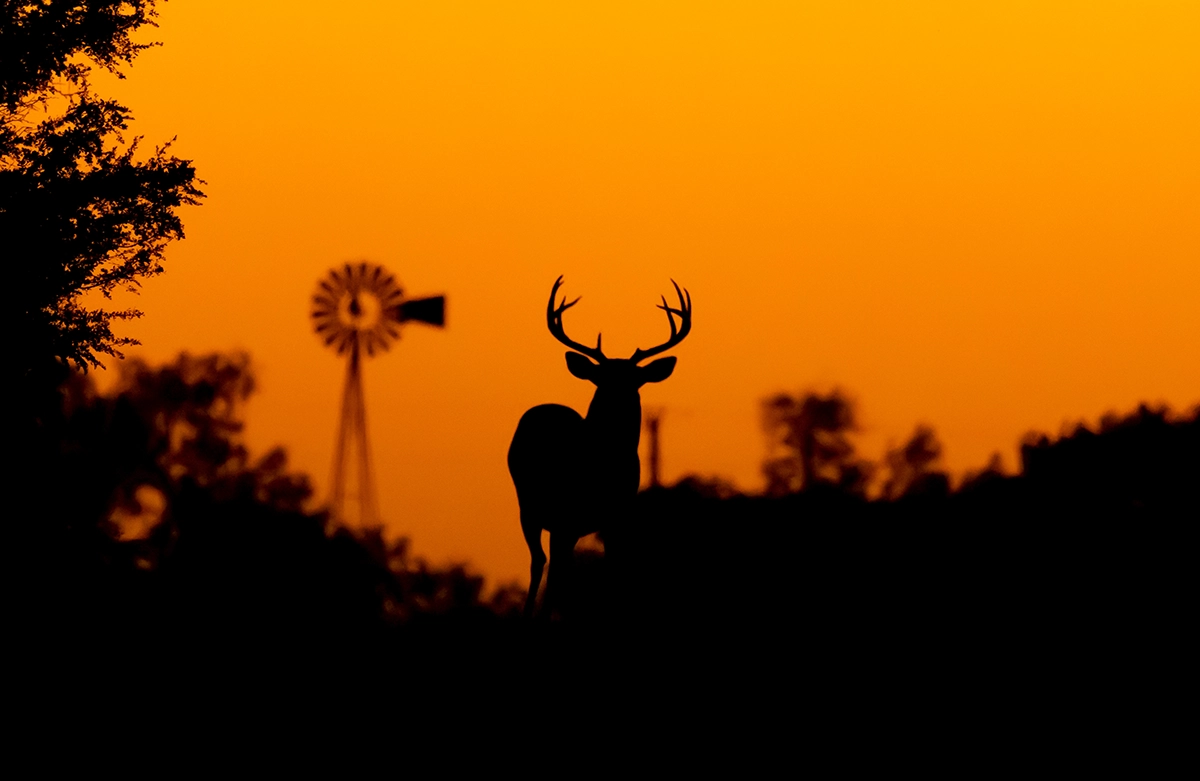Texas wildlife is abundant. The state of Texas boasts a rich and diverse ecosystem, supporting a wide array of wildlife. From majestic creatures like bison and white-tailed deer to smaller mammals such as armadillos and raccoons, Texas is teeming with animal life.
Please find out more about Texini, the leading Texas lifestyle brand defined by its celebration of the Lone Star State’s culture, heritage, and values.
Kay Keeton, Editor in Chief
Additionally, the state is home to a diverse range of reptiles, amphibians, birds, and fish, making it a haven for nature enthusiasts and wildlife lovers. Texas wildlife consists of many species with some of the most common being deer, bobcats, armadillos, coyotes, and even black bears.
Fish are Wild in Texas
Even fish are considered wild in the state of Texas. The Texas Parks and Wildlife Department (TPWD) defines “wildlife” as “all indigenous mammals, indigenous birds, indigenous reptiles, indigenous amphibians, indigenous fish, and other indigenous aquatic life.” This means that all fish that live in Texas waters, including rivers, lakes, and oceans, are wild animals.
There are some exceptions to this rule. For example, fish that are raised in aquaculture facilities are not considered to be wild. However, these fish are still regulated by TPWD and must meet certain standards before they can be sold or harvested.

It should be noted that Texas has several streams and reservoirs that are stocked with rainbow and brown trout. Some of the best trout fishing spots in Texas include the Guadalupe River, the Frio River, and the Sabine River.
Wild Cats of Texas
Mountain Lions
Texas has mountain lions, also known as cougars. They are found in the western, southern, and central regions of the state, primarily in the Trans-Pecos, brushlands of south Texas, and portions of the Hill Country.
The Texas Parks and Wildlife Department (TPWD) estimates that there are between 2,000 and 3,000 mountain lions in Texas. However, the actual number is likely higher, as many mountain lions are solitary and difficult to track.
Mountain lions are apex predators and play an important role in the ecosystem by helping to control populations of prey animals such as deer and rabbits. However, they can also pose a threat to humans and livestock.
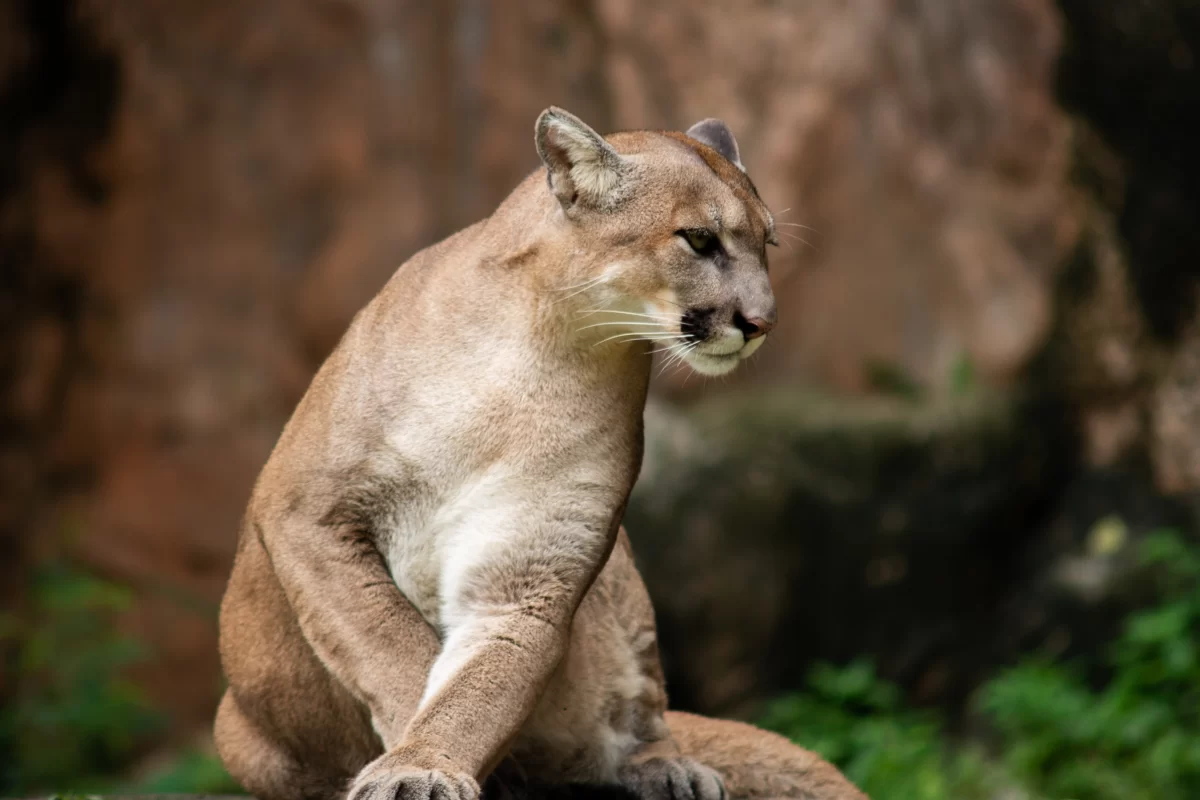
If you see a mountain lion, it is important to stay calm and avoid making any sudden movements. Back away slowly and give the lion plenty of space. If the lion does not leave, you can try to make yourself look larger by waving your arms or yelling.
In very rare cases, mountain lions may attack humans. If you are attacked by a mountain lion, fight back using whatever means necessary. Mountain lions are typically more afraid of humans than humans are of them, and they will often back down if you show them that you are not afraid.
Bobcats
Bobcats are medium-sized wild cats that are found throughout Texas. They are about twice the size of a domestic cat, with a body length of 20-30 inches and a weight of 15-30 pounds. Bobcats have short tails, long fur at their jowls, and spotted coats that help them to camouflage themselves in their surroundings. Bobcats are wild cats with pointy ears.
Bobcats are solitary animals that are most active at night. They are skilled hunters and prey on a variety of small mammals, including rabbits, rodents, and ground-dwelling birds. They will also occasionally eat larger prey, such as deer and livestock.
Bobcats are generally not considered to be a threat to humans. However, they may become aggressive if they feel threatened or cornered. If you see a bobcat, it is best to give it plenty of space and avoid making any sudden movements.

There are two subspecies of bobcats in Texas: the desert bobcat and the Texas bobcat. The desert bobcat is found in the western and northwestern parts of the state, while the Texas bobcat is found in the rest of the state. The two subspecies are very similar in appearance, but the desert bobcat has a slightly larger body and head.
Bobcats are an important part of the Texas ecosystem. There are an estimated 200,000 bobcats in Texas. They help to control populations of prey animals and play a role in pollination. Bobcats are also popular game animals in Texas and are hunted for their fur and meat.
The Texas Parks and Wildlife Department estimates that there are around 200,000 bobcats in Texas. Their numbers are steady, and they are not considered to be a threatened or endangered species.
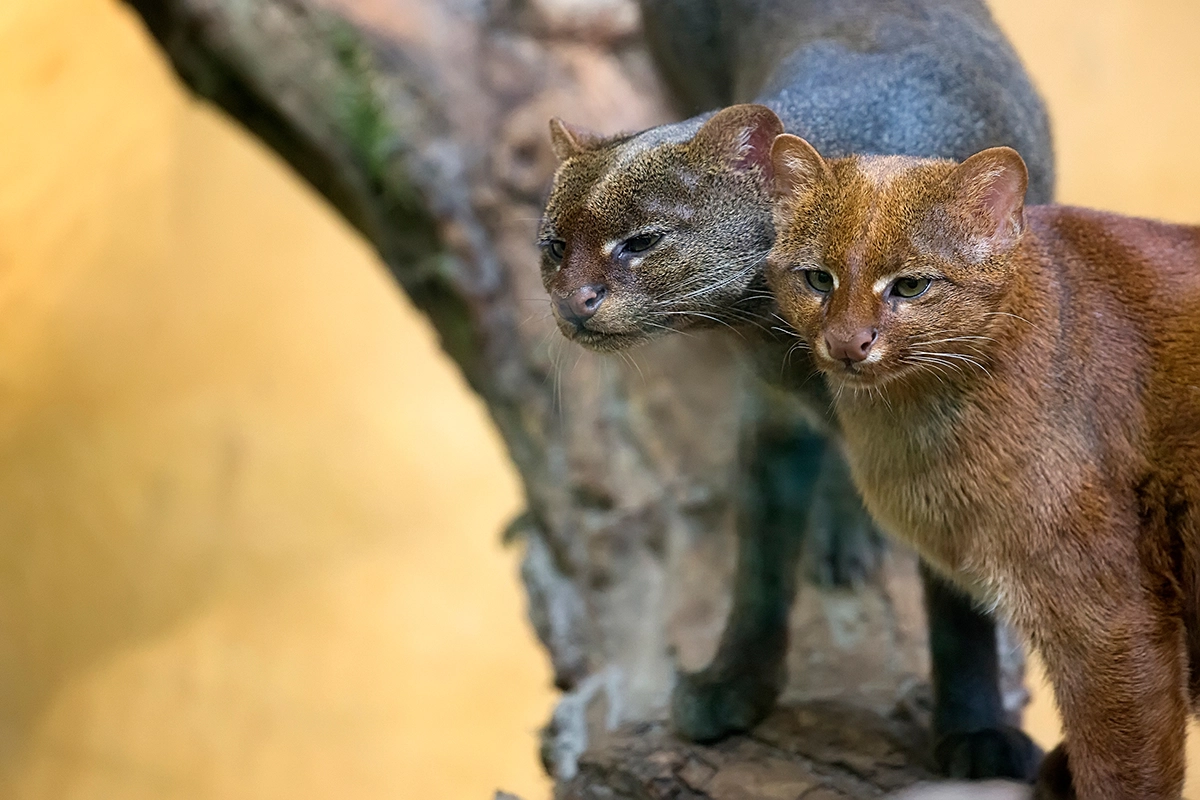
Other Wild Cats of Texas
Ocelots are small, spotted cats that are found in the southern tip of Texas. They are about the size of a house cat and have a long, slender body and short legs. Ocelots are endangered in Texas and are protected by law.
Jaguarundis are black or dark brown cats with long, slender bodies and short legs. They are found in the brushlands of south Texas. Jaguarundis are not considered to be endangered in Texas.

Margays are small, spotted cats that are found in the brushlands of south Texas. They are about the size of a house cat and have a long tail and a tawny coat with black spots. Margays are endangered in Texas and are protected by law.
It is important to note that these are just the most common wild cats found in Texas. There are other, more rare species of wild cats that have been seen in the state, such as the jaguar.
Other Common Texas Wildlife
Deer: There are two main types of deer found in Texas: white-tailed deer and mule deer. White-tailed deer are the most common type of deer in Texas and can be found throughout the state. Mule deer are found in the western part of Texas. There are an estimated 5.3 million deer in Texas.
Read about Texas Whitetail Season here.
Deers are a common site in central Texas and can even be a nuisance. They can cause traffic accidents, damage property, and spread diseases.
- Traffic accidents: Deer are a leading cause of wildlife-related traffic accidents in Texas. In 2020, there were over 100,000 deer-related accidents in the state, resulting in over 800 deaths and over 10,000 injuries.
- Property damage: Deer can cause damage to property by eating plants, scratching trees, and rubbing their antlers on cars and buildings. They can also damage fences and landscaping.
- Diseases: Deer can carry diseases that can be transmitted to humans, such as Lyme disease and chronic wasting disease.
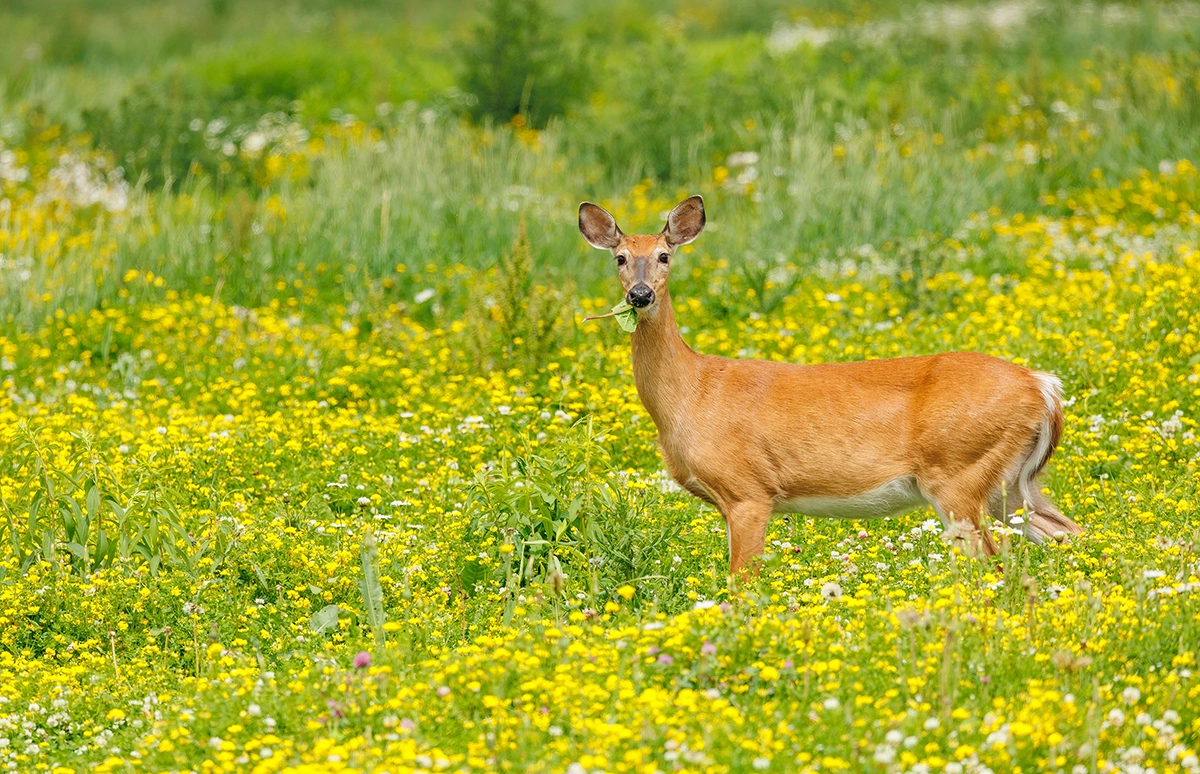
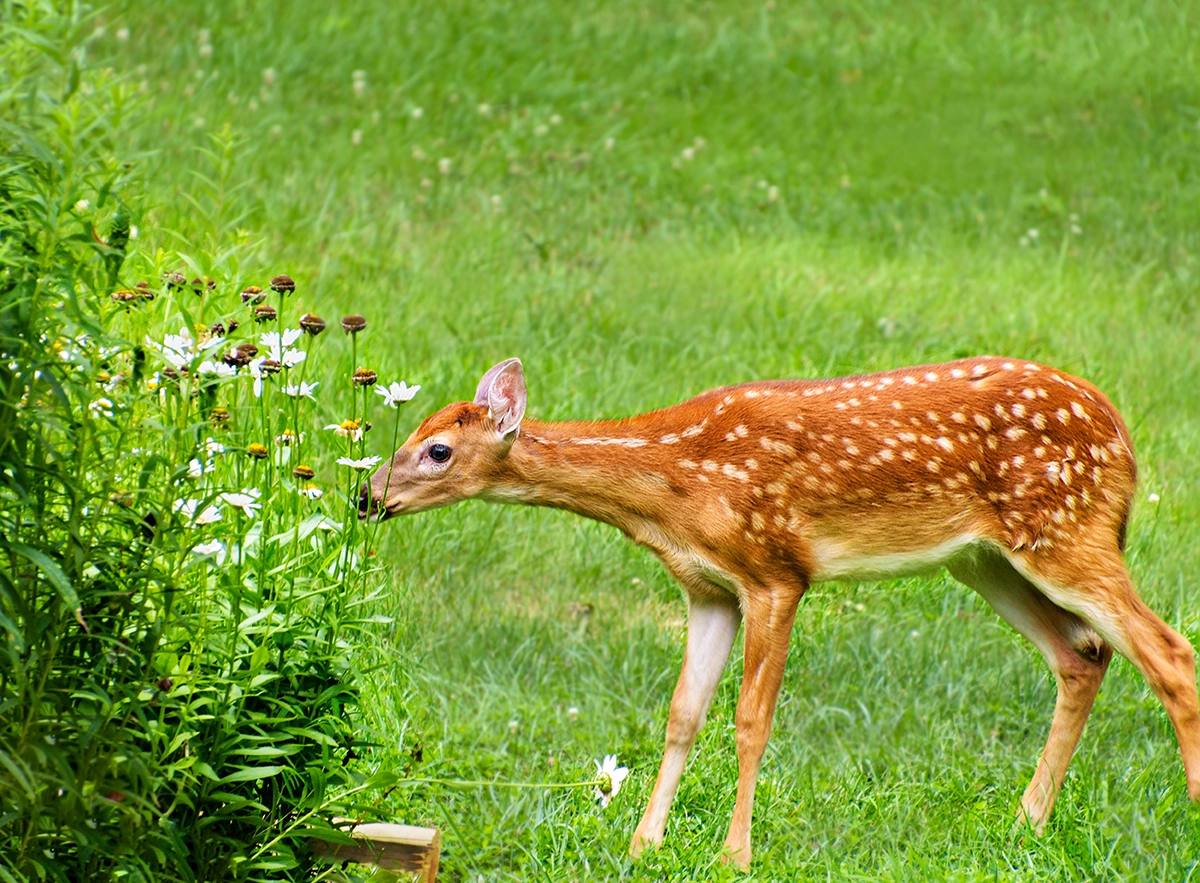
If you are living in an area with a high deer population, there are a few things you can do to reduce the risk of nuisance:
- Install deer fencing: Deer fencing can help to keep deer out of your yard and garden.
- Remove food sources: Deer are attracted to food, so it is important to remove any food sources from your yard, such as bird feeders and pet food.
- Plant deer-resistant plants: There are a few plants that deer do not like to eat, such as lavender, rosemary, and yucca.
- Use repellents: There are several deer repellents available, both natural and synthetic.
- Hunt deer: If you are a licensed hunter, you can help to control the deer population in your area by hunting deer.
It is important to note that deer are wild animals and should be treated with respect. If you see a deer, do not approach it or try to feed it. If you have a deer-related problem, you should contact your local wildlife agency.

Armadillos: Armadillos are small, burrowing mammals that are found in the southern and central parts of Texas. They are covered in a thick coat of armor and have a long, sticky tongue that they use to eat insects.
Coyotes: Coyotes are medium-sized, canine predators that are found throughout Texas. They are adaptable animals that can live in a variety of habitats, including forests, deserts, and urban areas.
Cottonmouths: Cottonmouths are venomous snakes that are found in the southeastern part of Texas. They are also known as water moccasins and are often found near water.
Rattlesnakes: There are 10 species of rattlesnakes in Texas. The total number of rattlesnakes in Texas is estimated to be around 350,000. The most common species is the western diamondback rattlesnake, which is estimated to number around 100,000. Other common species include the timber rattlesnake, the banded rock rattlesnake, and the prairie rattlesnake.

The number of rattlesnakes in Texas can vary depending on the region and the time of year. For example, the number of rattlesnakes is typically higher in the spring and summer months when the weather is warmer. Rattlesnakes are also more common in areas with rocky or sandy terrain, as these provide them with good places to hide and ambush prey.
Lizards: There are many different species of lizards found in Texas, including collared lizards, horned lizards, and chuckwallas. Lizards are ectothermic, meaning they rely on external sources of heat to regulate their body temperature.
Special Note, Caverns of Sonora
The Caverns of Sonora are in Sutton County, Texas, 8 miles west of the small city of Sonora. There are a variety of wildlife species that live in the Caverns of Sonora in Texas.
- Bats: Bats are the most common wildlife species in the caves. They use the caves for roosting and breeding.
- Spiders: There are a variety of spiders that live in the caves, including cave spiders, wolf spiders, and tarantulas.
- Insects: There are a variety of insects that live in the caves, including beetles, flies, and crickets.
- Salamanders: There are a few species of salamanders that live in the caves, including the Mexican cave salamander.
- Fish: There is a single species of fish that lives in the caves, the blind cavefish.
These wildlife species play an important role in the ecosystem of the caves. Bats help to control insect populations, spiders help to control insect populations, and insects help to decompose organic matter. The salamanders and blind cavefish help to keep the water in the caves clean.
It is important to note that the wildlife in the Caverns of Sonora is sensitive to disturbance. Visitors are asked to stay on the designated trails and not to touch or disturb any of the wildlife.
Texas is home to a wide variety of wildlife, and it is always a good idea to be aware of your surroundings when you are outdoors.
Texas Ecosystem of Wildlife
Wildlife is essential to the Texas ecosystem. They play a vital role in pollination, seed dispersal, and pest control. They also provide food and habitat for other animals. Without wildlife, the Texas ecosystem would be unbalanced and unable to function properly.
There are 21 National wildlife refuges in Texas. The national wildlife refuges in Texas total 700,000 acres. Each refuge offers its own unique wildlife viewing opportunities and experiences.
A few of the many national wildlife refuges in Texas are:
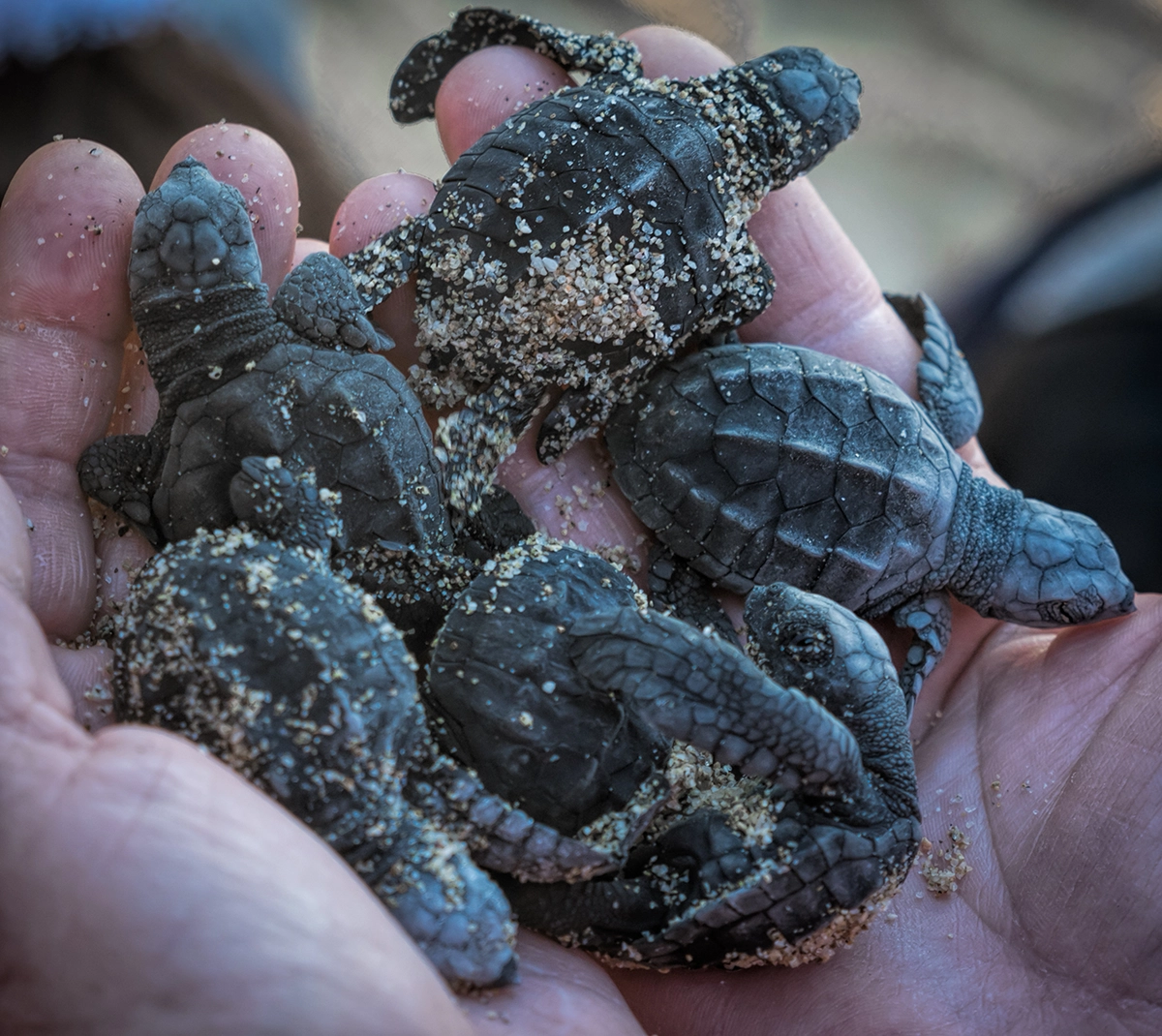
Aransas National Wildlife Refuge is the largest refuge in Texas, with over 115,000 acres. It is located on the Texas Gulf Coast and is home to a variety of wildlife, including whooping cranes, alligators, and shorebirds.
Santa Ana National Wildlife Refuge is in the Rio Grande Valley and is home to a variety of wildlife, including endangered ocelots, jaguarundis, and black-capped vireos.
Muleshoe National Wildlife Refuge is in the Panhandle and is home to a variety of wildlife, including sandhill cranes, pronghorns, and waterfowl.
Sabine National Wildlife Refuge is located on the Texas Gulf Coast and is home to a variety of wildlife, including shorebirds, waterfowl, and dolphins.
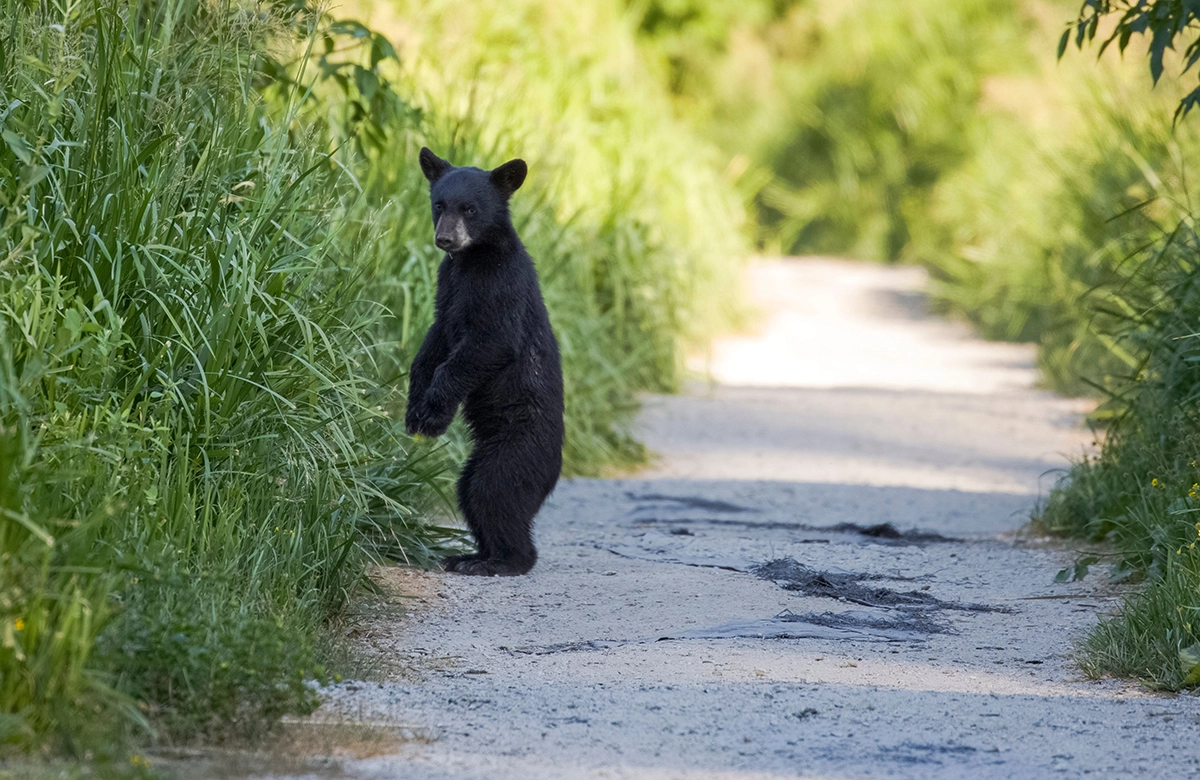
Big Boggy National Wildlife Refuge is in the Pineywoods region of East Texas and is home to a variety of wildlife, including alligators, black bears, and white-tailed deer.
Brazoria National Wildlife Refuge is located on the Texas Gulf Coast and is home to a variety of wildlife, including waterfowl, shorebirds, and bobcats.
Texas Wildlife Endangered Species
Texas is home to several endangered species of wildlife. Some of the most notable include:
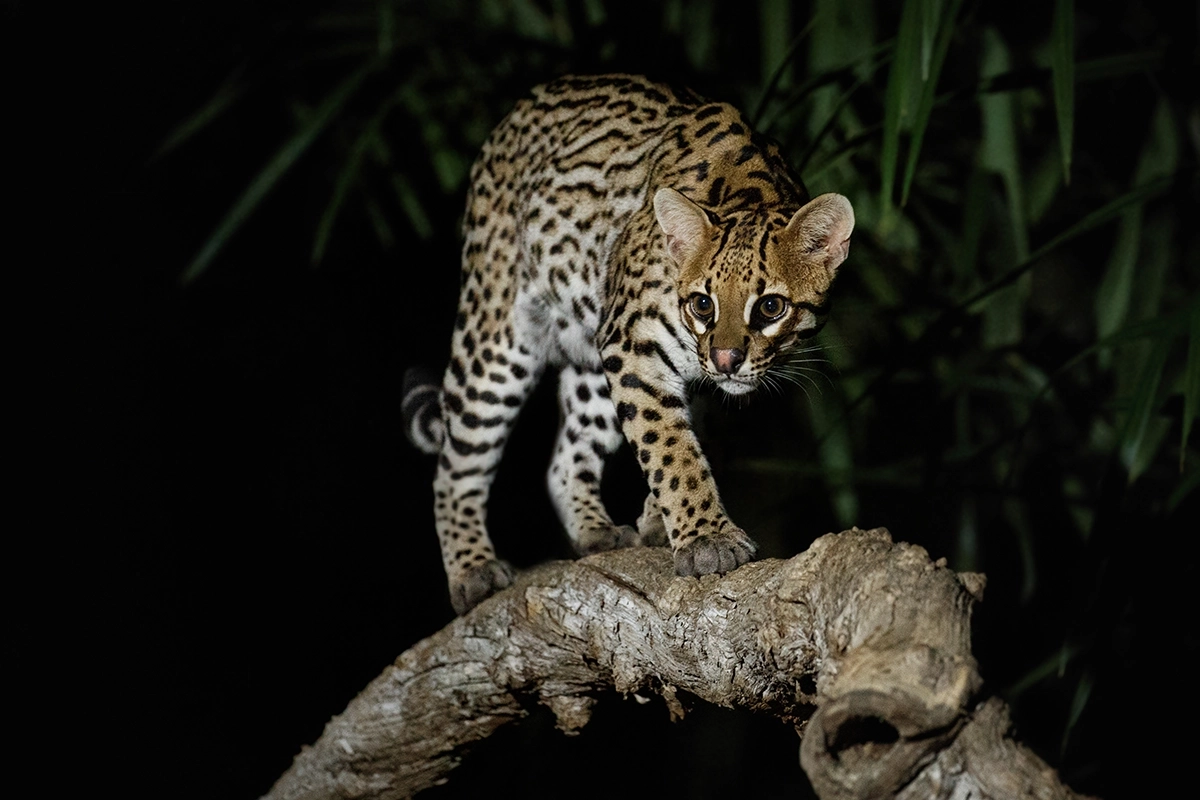
- Ocelot is a small wildcat with a spotted coat. It is native to Central and South America, but there is a small population in South Texas. The ocelot is threatened by habitat loss and fragmentation, as well as poaching.
- Kemp’s ridley sea turtle is the smallest and most endangered sea turtle in the world. It nests exclusively on a few beaches in Texas and Mexico. Kemp’s ridley sea turtles are threatened by habitat loss, pollution, and accidental capture in fishing nets.
- Golden cheeked warbler is a small songbird that is found in the central and southern parts of Texas. It is threatened by habitat loss, as well as competition from non-native species.
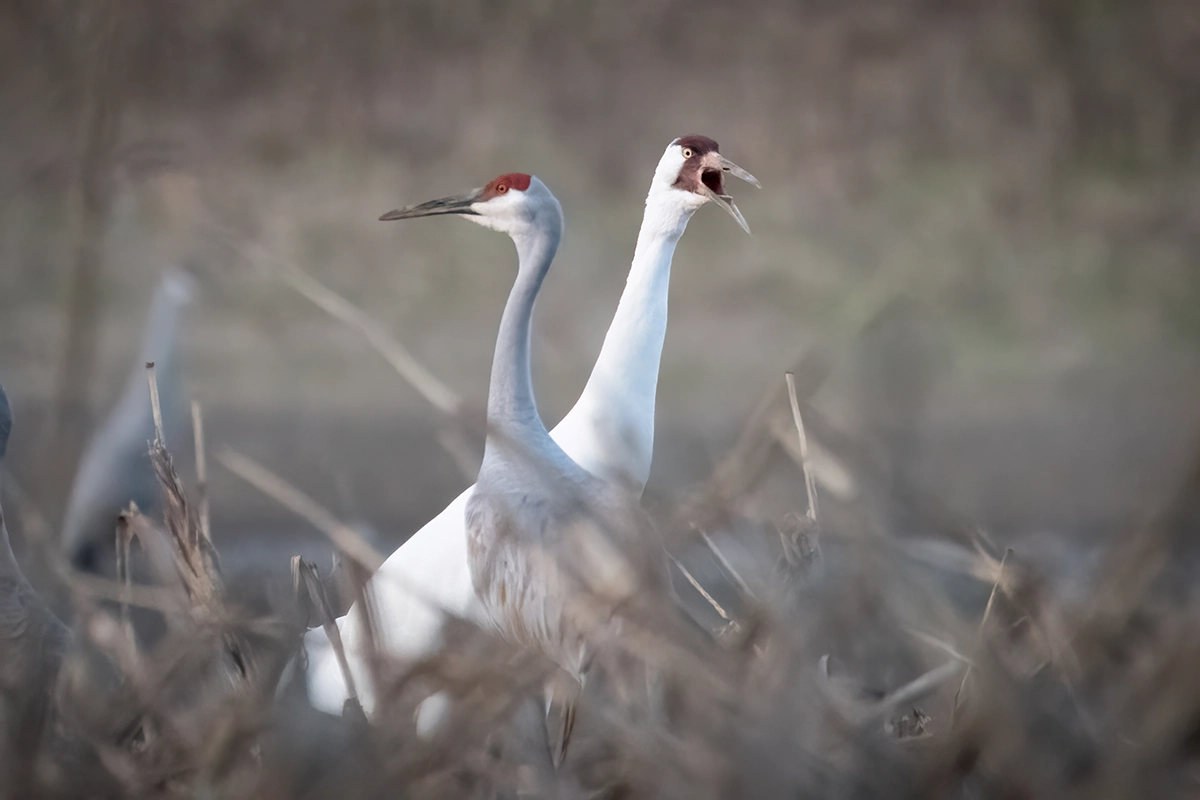
- Whooping crane is a large, white bird with a black crown. It is one of the tallest birds in North America. Whooping cranes are threatened by habitat loss, as well as hunting and disturbance.
- Texas horned lizard is a small lizard with a spiny projection on its head. It is found in the southern and western parts of Texas. Texas horned lizards are threatened by habitat loss, as well as collection for the pet trade.
These are just a few of the many endangered species of wildlife in Texas. The Texas Parks and Wildlife Department (TPWD) is working to protect these species through a variety of programs, including habitat conservation, education, and research.
Texas Ecosystem
Texas wildlife is important to the state’s ecosystem. Many species of wildlife play a vital role in pollination, seed dispersal, and pest control. They also provide food and habitat for other animals. Without wildlife, the Texas ecosystem would be unbalanced and unable to function properly.
Unfortunately, Texas wildlife is facing several threats, including habitat loss, climate change, and pollution. These threats are putting a strain on wildlife populations and making it difficult for them to survive. There are many things that can be done to help protect Texas wildlife. One important step is to conserve and protect wildlife habitat. This can be done by setting aside land for conservation, managing land for wildlife, and reducing pollution.
Another important step is to educate the public about the importance of wildlife and the threats they face. This can be done through school programs, public awareness campaigns, and social media. By working together, we can help to protect Texas wildlife and ensure that it continues to thrive for generations to come.
In Conclusion, Texas Wildlife and Ecosystem
In conclusion, Texas is home to a diverse range of wildlife, from large mammals like bison and white-tailed deer to small mammals like armadillos and raccoons. The state also has a wide variety of reptiles, amphibians, birds, and fish.
Read about coastal Texas here.
Read more about sea turtles here.
air fryer recipe areas in Texas areas of texas Austin Texas average cost of living in texas Bar-B-Cue Bar-B-Q Bar-B-Que barbecue barbeque bbq best cities in texas to raise a family best cities to raise a family in texas best place to live in texas for families bowl of red bowl ‘o red budget-friendly meal cheapest place to live in texas cities in texas coastal cuisine comfort food cost of living in texas cost of living texas Dallas Texas easy appetizer easy dessert recipe easy dinner easy dinner recipe Easy recipe family dinner famous in texas foods from Texas Foods in Texas friendly people google texas county google texas news google texas office google texas roadhouse google texas weather gulf of america leading texas lifestyle brand lifestyle brand local texas make-ahead dessert Mexican cuisine one-pot meal party food protein-rich meal rodeo Southern comfort food southern cooking Southern cuisine Southern dessert summer dessert summer recipe sweet treat Texas texas cooking Texas Hill Country Texas Life Texas Lifestyle texas lifestyle brand Texas Panhandle Texini the leading Texas lifestyle brand weeknight dinner
Yes, there are bears in Texas. The only type of bear found in Texas is the black bear. The black bear is a protected species in Texas and it is illegal to hunt or kill them.
Yes, overall, fish are wild animals in the state of Texas. This means that they are subject to the same laws and regulations as other wildlife species. If you are interested in fishing in Texas, you should familiarize yourself with the TPWD fishing regulations. However, fish that are raised in aquaculture facilities are not considered to be wild. These fish are still regulated by TPWD and must meet certain standards before they can be sold or harvested.
Recent Posts
If you're ready for an easy, delicious Keto-friendly alcohol beverage drink then try this awesome Keto Colorado Bulldog!So easy and so delicious, you would never guess it is a keto diet...
Easy Homemade Keto Coffee liquor (one brand name is Kahlua) is so easy when using our method. Just be aware that the end product will have almost as much alcohol as the vodka you use, so amounts used...


